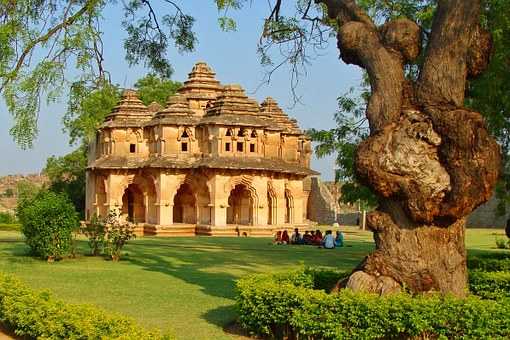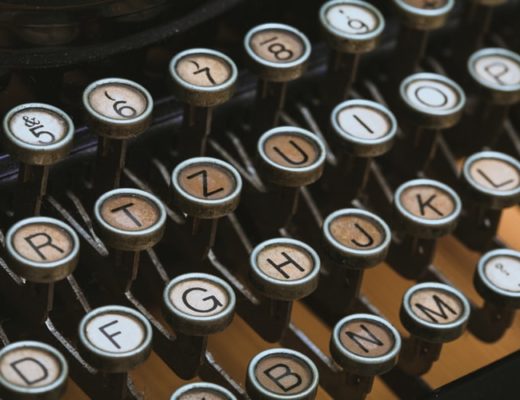I have never seen Khaled al Asaad. I will never be able to see him also. On 18th August 2015, he was beheaded by Islamic State militants. He was 83 when he was killed. Khaled al Asaad was the head of antiquities in the ancient city of Palmyra, a world heritage site of UNESCO. The world can remember the horrific acts of ISIS only with a shiver. When they were moving with their swords, it did not matter to them whether victims were kids, aged people or antique items. Such was the of brutality they unleashed on humanity. Before the takeover of Palmyra by ISIS, Khaled al Asaad had helped to move the antiquities to a safer place. However while doing the evacuation, Khaled was captured and he was tortured to know the location where the ancient artefacts are kept. Khaled was publicly beheaded later. If the world is in search of a patron saint for antiquity, Khaled al Asaad would easily qualify for that. Thousands of people who have never been to Palmyra or never heard about Khaled mourned for him. Such was the outpouring of emotion for a person who helped to preserve the collective memory of humanity.
It is not the first time, the invaders come after relics of history. History is often the first target of any intruding army as it is easy to conquer a nation whose past is erased. One of the easiest ways to shame a proud nation is to vandalise its past. The first victim of all fascist regimes is history books. Remember what Milan Kundera wrote .” the struggle of man against power is the struggle of memory against forgetting.” In the case of organisations such as ISIS, which are driven by an ideology of death incompatible with earth, everything other than what they believe becomes an item to eliminate.
Bonfire of antiquities
Let’s now go from Palmyra to Rio de Janeiro, Brazil. 2nd September 2018 will forever remain one of the saddest days for all lovers of antiquity. A major fire consumed the National Museum of Brazil destroying most of its precious artefacts. The treasures lost included Egyptian mummies, frescoes from Pompeii, 11500-year skeleton of Luzia ( the oldest human remains in the Americas ) and a vast South American collection from the pre-Columbian era to the present day. It was definitely a huge irreplaceable collection and a massive loss to humanity. But the saddest thing was reports of neglect in the maintenance of the museum which ultimately led to this tragedy. It was reported that the museum was being run on a meagre budget and at least a decade ago, inspectors pointed to the museum’s faulty electrical wiring. There was a problem of termites and a third of the exhibition rooms remained closed. Added to this, the museum consistently rejected external aid ( as the present management was reluctant to convert it into an independent trust as the donors wanted). The result of the callousness of authorities was catastrophic and a major chunk of the past is lost forever.
It is a fact that, museums in the developing world lack resources and expertise in maintaining their precious resources. As Economist Weekly pointed out in an editorial piece, museums in such countries should have an independent board of trustees which can raise governance standards and raise funds globally. It will also be a good idea to digitise the artefacts so that they can be virtually resurrected even in the case of a calamity. There are some museums in the west which display their items free online. The curators and other staff of these museums should also get training in state of the art methods.
Let’s now move on to another site of fire. A devastating fire destroyed large portions of 850-year-old Notre Dame cathedral, Paris on 15th April 2019. As French president Macron tweeted on that day, it was as if a part of France is burned. Such was the iconic status of this cathedral which contained some of the most sacred relics of Christianity. Fortunately, most of the relics could be saved. Thanks to the gigantic efforts of 400 fire fighters, the cathedral’s main medieval structure were largely saved. The investigation on the causes of fire is on and the president declared that the cathedral will be rebuilt to its original form. There has been an unprecedented promise of support from people and rich businessmen to rebuild the cathedral. As we have seen, Notre Dame has been immortalised by the millions of visitors to this monument every year and who can forget the Hunchback of Notre Dame by Victor Hugo who perhaps awakened the entire world to this majestic cathedral in the past.
Our debts to the past
Each of the above tales is poignant in its own way. Khaled showed us the heroic heights one can climb for the cause of one’s professional integrity. In the case of fire in the Brazilian museum, we felt the utter helplessness and indignation at the same time. In Notre Dame, we need to watch out for what human resolve can achieve. Taken together, these stories pose us a lot of questions. What is our relationship and attitude to history? We are indebted to our past for what we are today. None come back empty handed after his journeys into history. Memories have amazing power to nourish us and one come back wise and humble. They can make our hearts contrite, mind enlightened and help us to negotiate a better future. Scientist Isaac Newton was acknowledging his huge debt to his predecessors when he said: “If I have seen further, it is by standing on the shoulders of Giants.”. We must encourage our youngsters to stand in awe of the legacy they inherited.
Andrew Carnegie, an American businessman and philanthropist called museums “wise extravagances “. Indeed an apt description and nation-states should not shy away from preserving their heritage and it’s the minimum they can do for its future generations. Let our children visit museums with the same enthusiasm they have for visiting shopping malls. History will make them refined citizens. No better lines to close this tribute to history than this one from Lessons of History by Will and Ariel Durant. “ to those of us who study history not merely as a warning reminder of mans follies and crimes, but also as an encouraging remembrance of generative souls , the past ceases to be a depressing chamber of horrors ; it becomes a celestial city , a spacious country of the mind , wherein a thousand saints , statesmen, inventors , scientists , poets, artists , musicians, lovers and philosophers still live and speak , teach and carve and sing.” Four years before, a singular belief in this celestial city was what made Khaled al Asaad to exchange his life for a nobler purpose and claim immortality.







No Comments